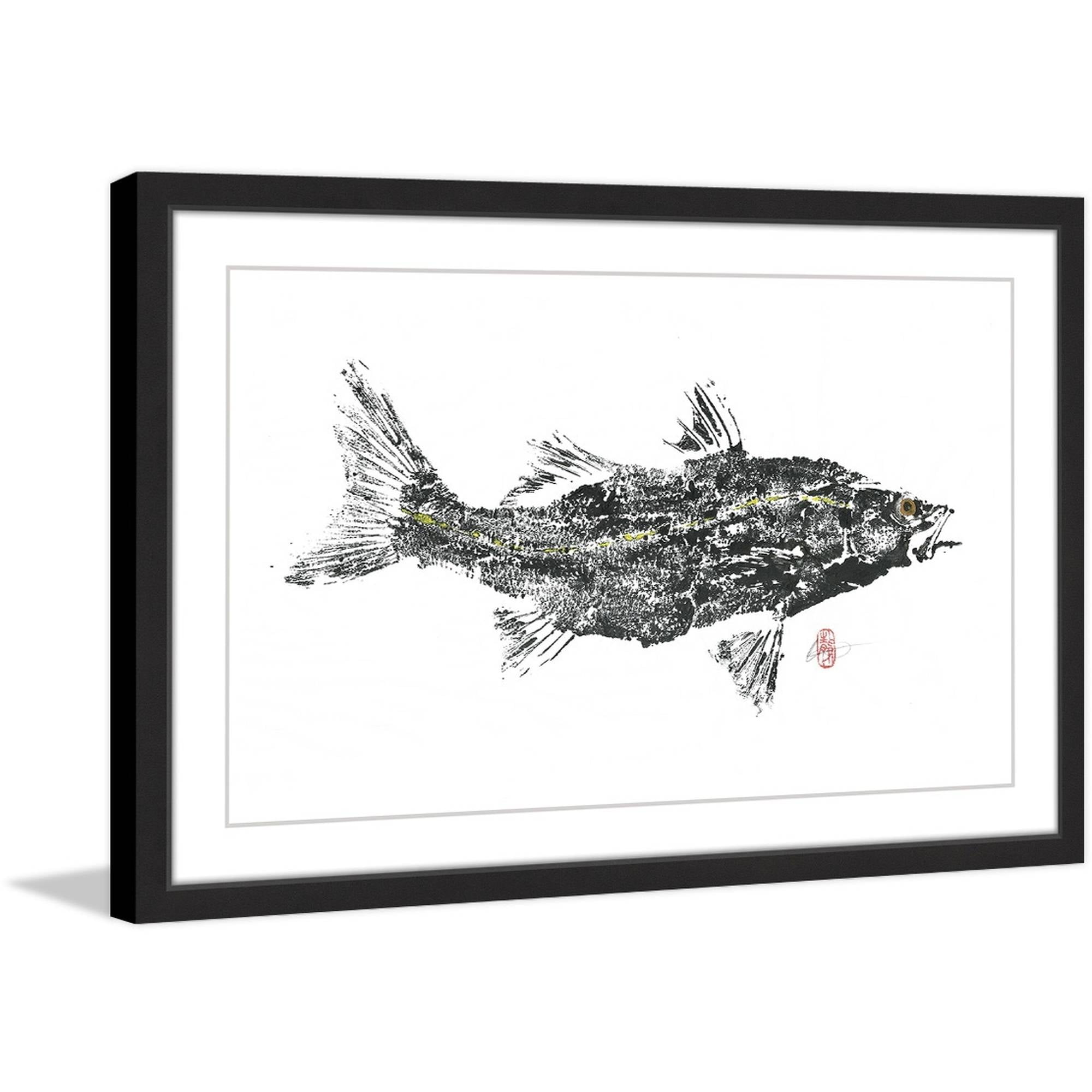
Physiological ecology Ĭommon snook, like many species of fish, are very in tune with their environments even a slight change in their surroundings can have a significant impact on their behavior. The adult common snook that do cannibalize juveniles most likely target them because the juveniles may be the largest of the available prey, so are nutritionally efficient to prey upon. This form of cannibalism where the juveniles are fed on by the adults is referred to as intercohort cannibalism. This usually occurs during the winter when adults and juveniles are in close proximity to one another within their estuarine habitats. Common snook have been found to occasionally engage in cannibalism. Common snook are opportunistic predators whose feeding habits indicate a positive relationship between their size and the size of their prey, meaning that as the snook grows, it feeds on larger and larger prey. By being able to adapt and thrive in both high- and low-salinity conditions through osmoregulation, common snook display a high level of habitat plasticity. Despite being a euryhaline species of fish, the common snook does show a tendency to gravitate towards lower-salinity conditions in the early stages of its life. Within estuaries, juvenile common snook are most often found inhabiting areas such as coastal wetland ponds, island networks, and creeks. The common snook is an estuarine and freshwater-dependent fish species. When these juveniles mature, they return to the higher-salinity waters of the open ocean to join the breeding population. Following the spawning period, the juveniles then migrate to the brackish waters of the nearby estuarine environments.

Spawning typically occurs in near-shore waters with high salinities. Its spawning season appears to span from April to October, with the peak spawning occurring during July and August. The common snook is a protandric hermaphrodite fish species.

It can also have bright yellow pelvic and caudal fins, especially during spawn. Of typical centropomid form, it possesses drab coloration except for a distinctive black lateral line. The IGFA world record is 24.32 kg (53 lb 10 oz) caught in Parismina Ranch, Costa Rica, by Rafael Montalvo.


undecimalis grows to a maximum overall length of 140 cm (4.6 ft), but the common length is 50 cm (1.6 ft). It was originally assigned to the sciaenid genus Sciaena Sciaena undecimradiatus and Centropomus undecimradiatus are obsolete synonyms for the species. The common snook is also known as the sergeant fish or robalo. The common snook ( Centropomus undecimalis) is a species of marine fish in the family Centropomidae of the order Perciformes.


 0 kommentar(er)
0 kommentar(er)
